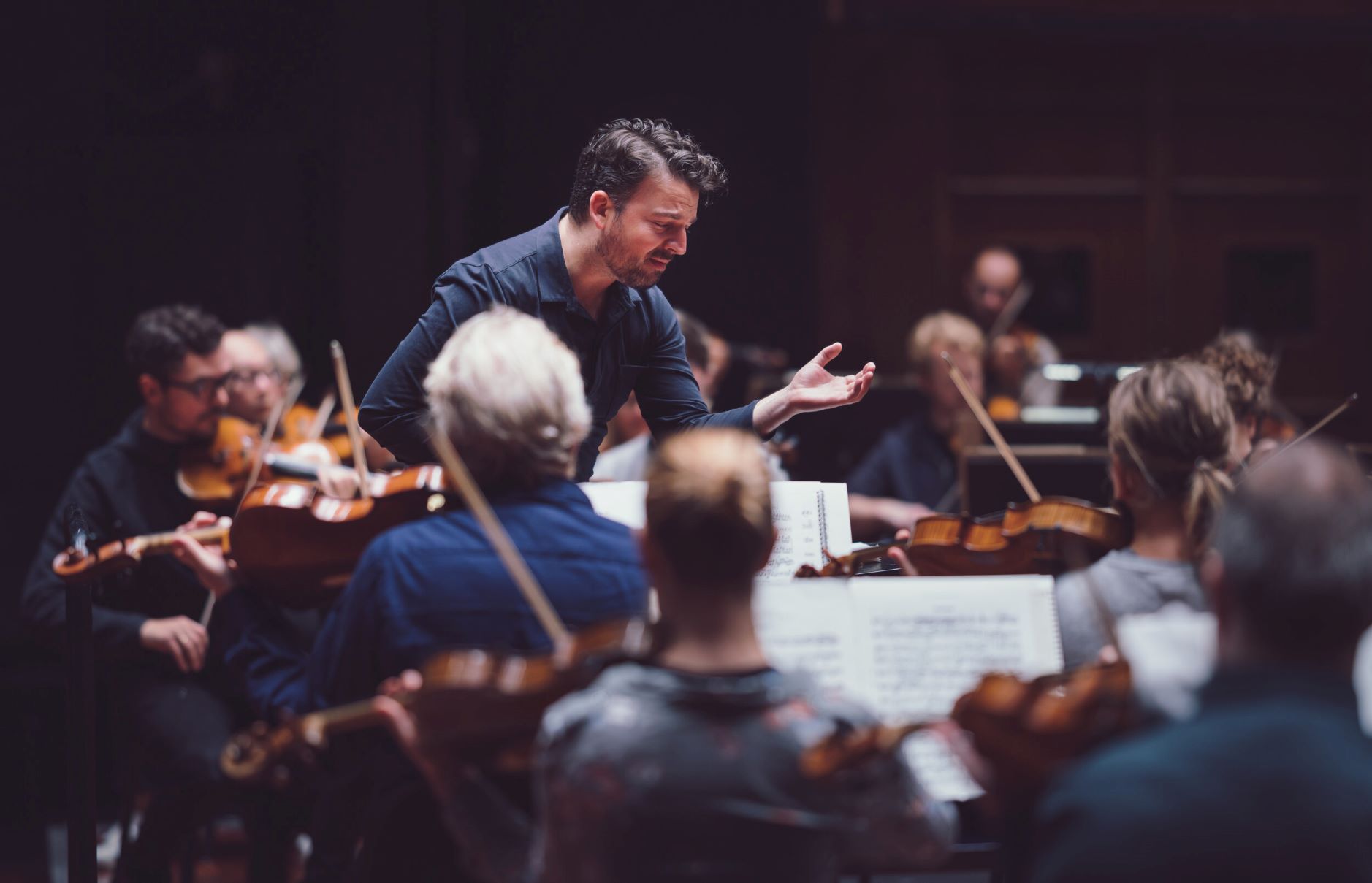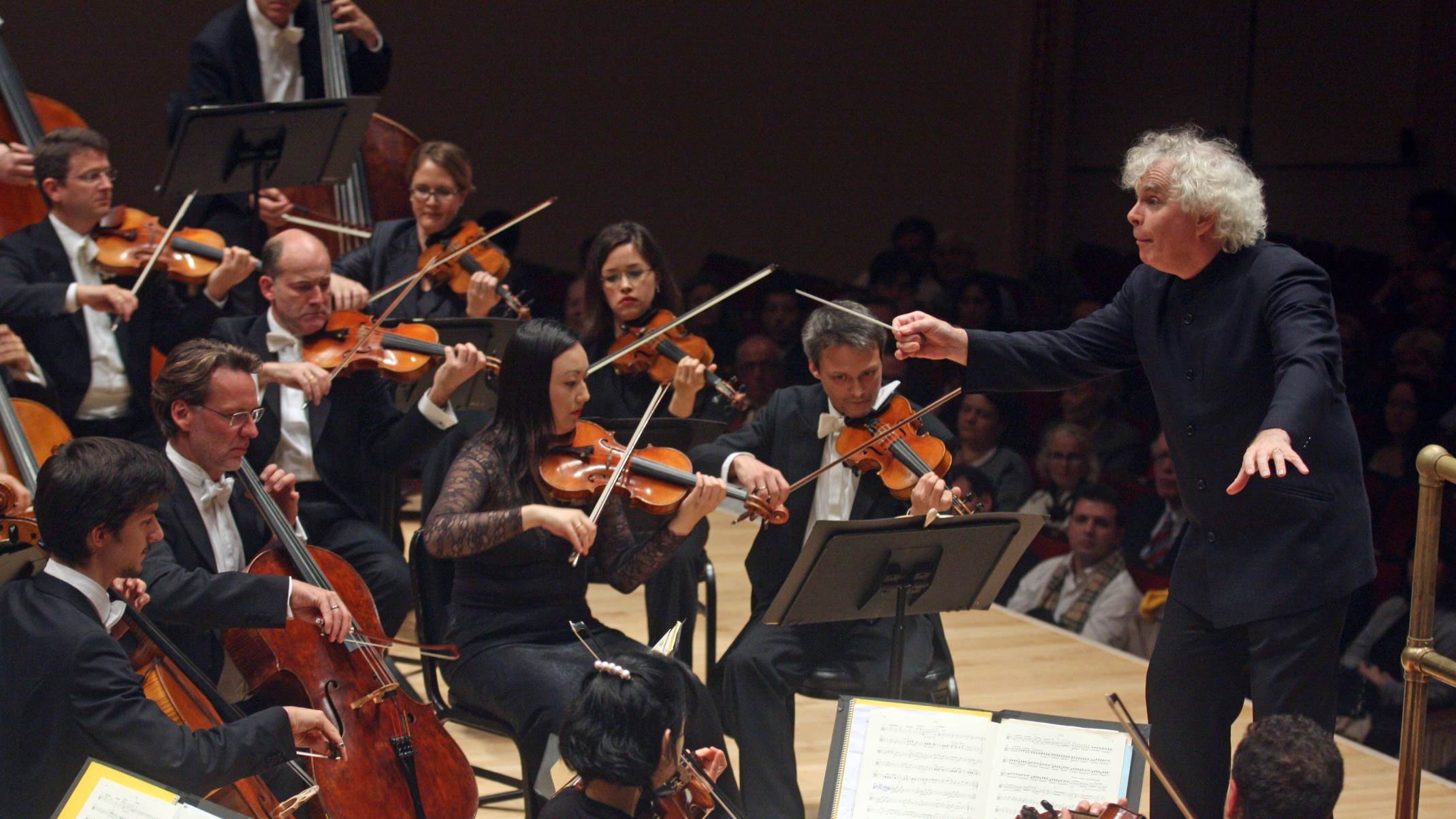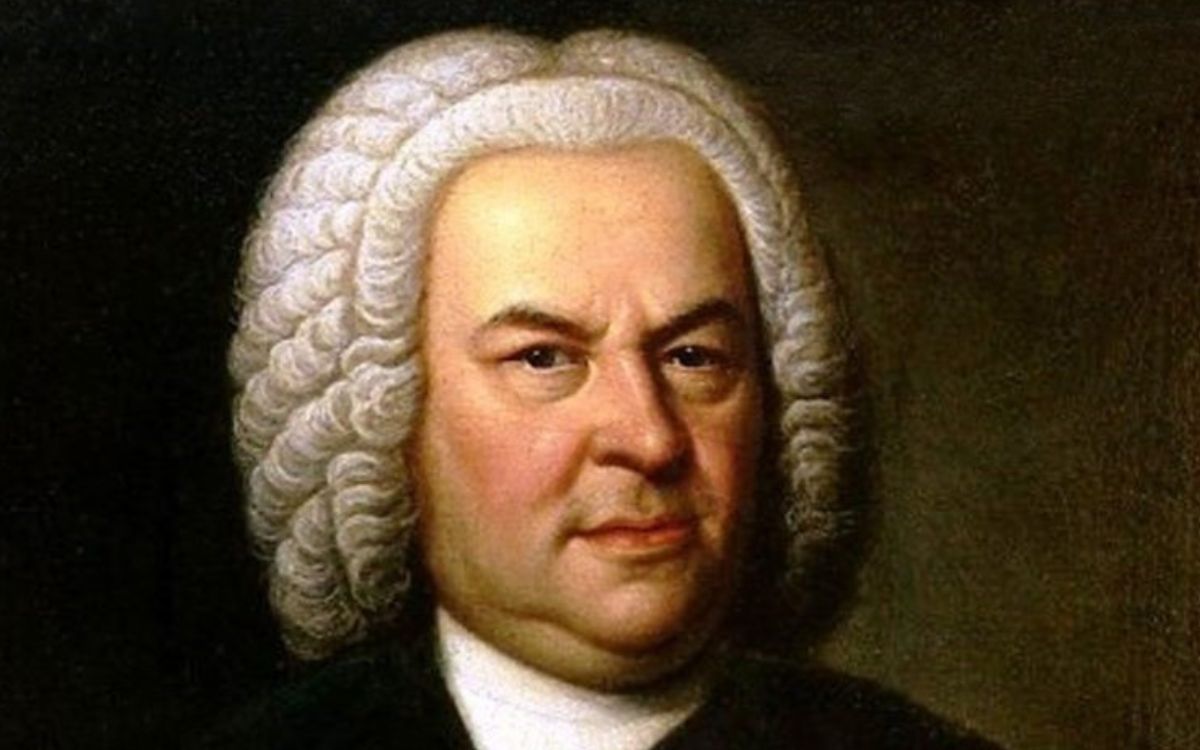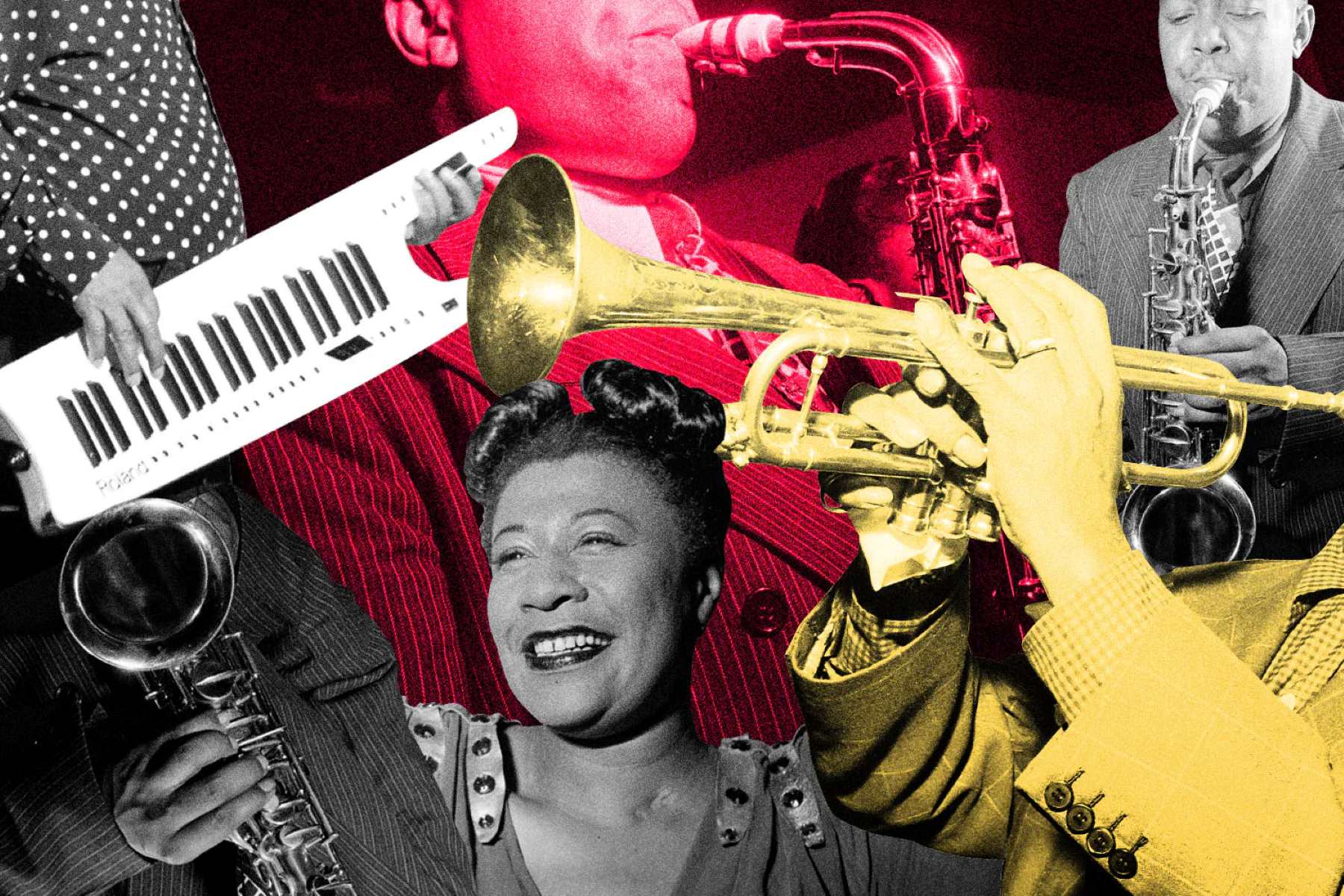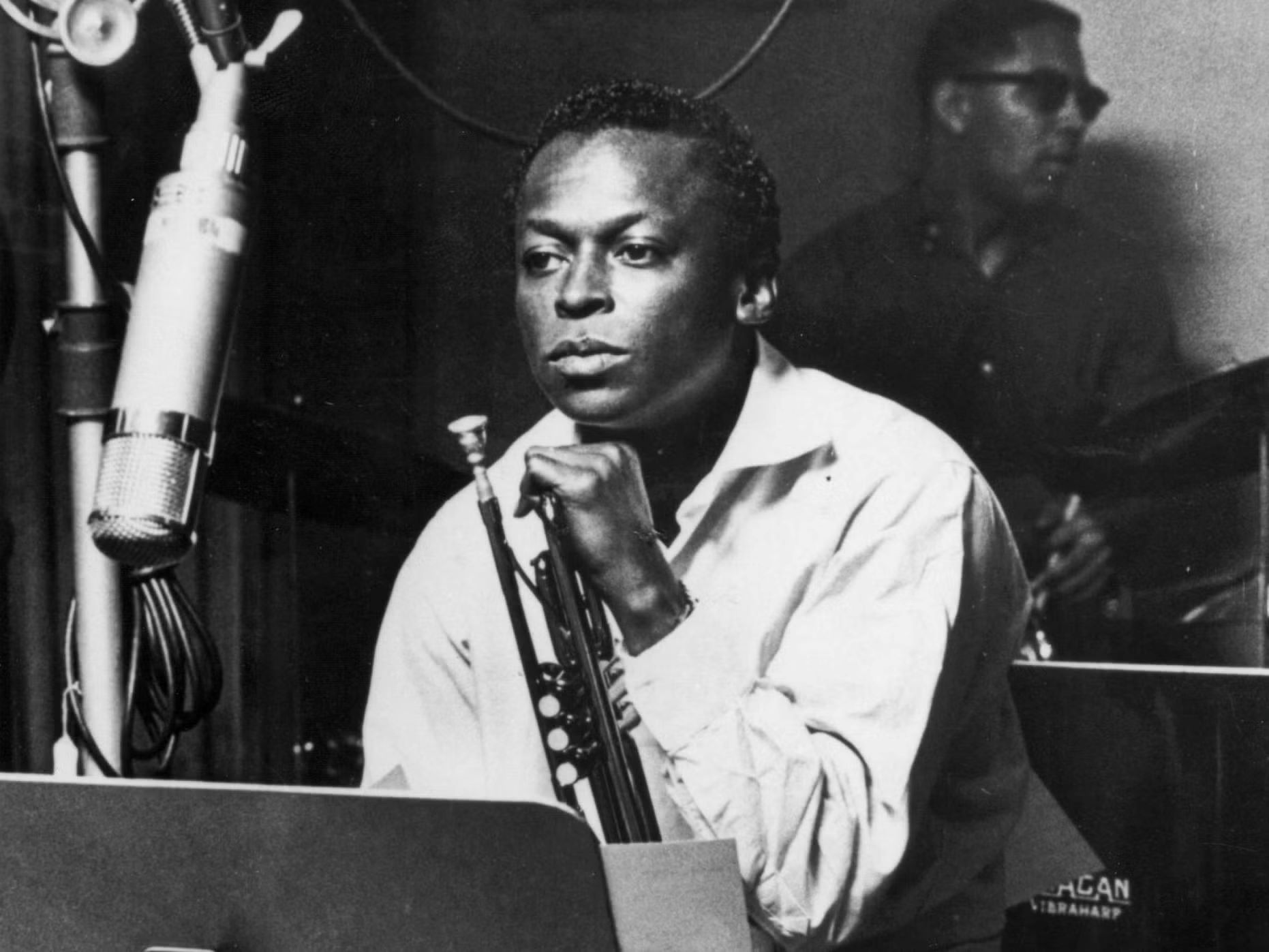Home>Genres>Symphony>Why Is Haydn Considered The Father Of The Symphony


Symphony
Why Is Haydn Considered The Father Of The Symphony
Modified: January 31, 2024
Discover why Haydn is hailed as the Father of the Symphony and the central figure in the creation of this musical form. Explore his contributions and influence on the development of symphonic music.
(Many of the links in this article redirect to a specific reviewed product. Your purchase of these products through affiliate links helps to generate commission for AudioLover.com, at no extra cost. Learn more)
Table of Contents
Introduction
The symphony is one of the most iconic and influential forms of orchestral music. It has captivated audiences for centuries, taking them on emotional journeys through soaring melodies, rich harmonies, and dramatic dynamics. And at the center of the symphonic tradition stands one composer who is revered as its father – Franz Joseph Haydn.
Haydn, an Austrian composer born in 1732, played a pivotal role in the development and evolution of the symphony. His contributions to the genre not only laid the foundation for future composers but also established him as one of the most important and innovative figures in the history of classical music.
In this article, we will delve into the life and career of Franz Joseph Haydn, explore his immense contributions to the symphony, and uncover why he is considered the father of this beloved musical form. From his early life and education to his lasting legacy, Haydn’s journey is a testament to the power of creativity and passion in shaping the course of musical history.
Early Life and Education
Franz Joseph Haydn was born on March 31, 1732, in the Austrian village of Rohrau. He grew up in a musically inclined family, with his father Mathias Haydn being a wheelwright and amateur harpist. Recognizing young Franz’s talent for music, his parents sent him to live with his relative Johann Matthias Franck in Hainburg, where he received his early musical education.
Under Franck’s guidance, Haydn honed his skills as a singer, violinist, and keyboard player. He also studied music theory and composition, developing a strong foundation in the technical aspects of music. In 1740, at the age of eight, Haydn joined the choir at St. Stephen’s Cathedral in Vienna, where he continued his musical training and gained exposure to the rich musical culture of the city.
Despite his fervent passion for music, Haydn’s path to success was not easy. He endured years of financial struggle and personal setbacks while trying to establish himself as a composer. After leaving St. Stephen’s Cathedral, he worked as a freelance musician, took various teaching positions, and composed tirelessly in his spare time.
The turning point in Haydn’s career came in 1761 when he was appointed as Vice-Kapellmeister (assistant conductor) to the powerful Esterházy family. This role provided him with financial stability and creative freedom, as he was largely isolated from the musical scene in Vienna. It was during his nearly three decades of service to the Esterházys that Haydn was able to experiment, innovate, and shape the symphony into the form we know today.
Haydn’s Career in Music
Franz Joseph Haydn’s career in music spanned over six decades and encompassed a wide variety of genres. While he is primarily known for his contributions to the symphony, his musical output also included chamber music, operas, choral works, and keyboard compositions.
During his tenure with the Esterházy family, Haydn composed prolifically, producing symphonies, string quartets, piano sonatas, and other works to entertain the family and their guests. He had the opportunity to experiment with different musical ideas and techniques, refining his own unique style. The Esterházys provided Haydn with a supportive environment that allowed him to flourish as a composer.
Haydn’s reputation as a composer grew steadily, and his works began to gain recognition and admiration beyond the walls of the Esterházy court. His symphonies, in particular, were widely acclaimed for their structural brilliance, innovative orchestration, and emotional depth.
A significant milestone in Haydn’s career came in 1790 when he received an invitation from London to conduct his symphonies. This marked the beginning of a fruitful partnership with the London music scene, where Haydn’s music was celebrated and performed to enthusiastic audiences. His visits to London were highly successful, helping to solidify his position as one of the leading composers of his time.
Haydn’s later years were marked by personal and health challenges, but he continued to compose with unwavering dedication. In his final symphonies, known as the “London Symphonies,” Haydn showcased his maturity as a composer, incorporating bold harmonies, intricate counterpoint, and profound musical ideas.
Throughout his illustrious career, Haydn composed a staggering 104 symphonies, leaving an indelible mark on the genre. His innovative approach to form, development of orchestration techniques, and ability to evoke a wide range of emotions through his music cemented his place as a master of the symphony.
Haydn and the Development of the Symphony
Franz Joseph Haydn played a pivotal role in the development and evolution of the symphony. During his time, the symphony was a relatively new and evolving musical form, with composers exploring different structures, styles, and expressive possibilities.
Haydn’s early symphonies followed the traditions established by his predecessors, such as Johann Stamitz and Giovanni Battista Sammartini. However, as he matured as a composer, Haydn began to push the boundaries of the symphony, exploring new musical ideas and techniques.
One of Haydn’s key contributions to the development of the symphony was in the area of form. He expanded the conventional three-movement structure (fast-slow-fast) to include four movements, with the addition of a minuet or scherzo as the third movement. This new structure, known as the “classical symphony form,” became the standard for symphonies composed during the Classical era.
Another notable aspect of Haydn’s symphonies was his mastery of orchestration. He had a deep understanding of the capabilities and colors of each instrument in the orchestra and skillfully utilized them to create a rich and balanced sound. Haydn was known for his meticulous attention to detail, carefully crafting each part to enhance the overall musical experience.
In addition to his innovations in form and orchestration, Haydn expanded the expressive range of the symphony. His works were characterized by dramatic contrasts, dynamic shifts, and emotional depth. He had a knack for creating powerful musical narratives, taking listeners on thrilling journeys through his vivid musical landscapes.
Furthermore, Haydn’s symphonies showcased his mastery of thematic development and structure. He ingeniously developed and transformed musical ideas throughout his works, creating a sense of coherence and unity. His use of motifs and thematic relationships within his symphonies added a layer of complexity and intellectual depth to his compositions.
Haydn’s contributions to the development of the symphony were groundbreaking and paved the way for future composers, notably Beethoven, who greatly admired Haydn’s work. His forward-thinking approach to form, innovative orchestration, and expressive language firmly established the symphony as a significant and influential genre in classical music.
Haydn’s Contributions to the Genre
Franz Joseph Haydn made substantial contributions to the symphony genre, shaping its language and defining its characteristics. His innovations and ingenuity opened new possibilities for composers of his time and laid the groundwork for future symphonic composers.
One of Haydn’s most significant contributions was his development of the classical symphony form. Prior to Haydn, symphonies typically followed a three-movement structure. However, he expanded this form by adding a minuet or scherzo as the third movement, creating a four-movement structure that became the norm for symphonies throughout the Classical era and beyond. This change allowed for greater variety, contrasting moods, and a more nuanced musical experience.
In addition to his formal innovations, Haydn revolutionized the orchestration of the symphony. He meticulously and imaginatively utilized the different instruments to achieve a wide range of expressive possibilities. Haydn understood the unique qualities and timbres of each instrument and skillfully combined them to create rich and vibrant textures. His use of dynamic contrasts and well-balanced orchestration brought an unprecedented level of depth and color to the symphony genre.
Haydn’s symphonies were also characterized by their thematic development and structural coherence. He excelled at crafting memorable and distinctive themes, which he skillfully developed and transformed throughout his compositions. Haydn employed repetition, variation, and clever manipulation of musical ideas to create a sense of unity and continuity within his symphonies. This mastery of thematic development paved the way for future composers to explore and expand upon these techniques.
Furthermore, Haydn’s contributions to the genre extended to his experimentation with musical forms and genres within his symphonies. He introduced innovative techniques, such as surprise elements, humor, and witty musical gestures, which added an element of playful charm and unpredictability to his works. Haydn’s ability to balance the profound and the light-hearted within his symphonies set a precedent for composers to explore a wide range of emotions and tones in their own compositions.
Overall, Haydn’s contributions to the symphony genre were vast and profound. His developments in form, orchestration, thematic development, and musical expression transformed the symphony into a dynamic and versatile medium. His influence can be felt in the works of his contemporaries and subsequent generations of composers, solidifying his position as a true pioneer in the genre.
Haydn’s Influence on Other Composers
Franz Joseph Haydn’s impact on the world of music extends far beyond his own compositions. His innovative approach to the symphony genre and his contributions to musical form, orchestration, and expression had a profound influence on the composers who came after him.
One of the most prominent composers influenced by Haydn was his young protégé, Wolfgang Amadeus Mozart. Haydn and Mozart shared a mutual admiration for each other’s music and developed a close friendship. Haydn’s symphonies served as a source of inspiration for Mozart, who observed and learned from Haydn’s structural and thematic mastery. Mozart’s later symphonies clearly reflect Haydn’s influence, with their meticulous craftsmanship and development of musical ideas.
Another composer deeply influenced by Haydn was Ludwig van Beethoven. Beethoven held Haydn in high regard and even studied with him for a short period of time. Haydn’s symphonies provided Beethoven with a solid foundation in the genre, and he built upon Haydn’s innovations. Beethoven took the symphony to new heights with his groundbreaking works, expanding the boundaries of form, expression, and orchestration.
Haydn’s influence was not limited to his contemporaries. His impact was felt well into the Romantic era and beyond. Composers like Franz Schubert and Franz Liszt drew inspiration from Haydn’s symphonic style, incorporating elements of his thematic development and innovative use of orchestral colors into their own compositions.
Additionally, Haydn’s contributions to musical form extended beyond the symphony. His mastery of the string quartet greatly influenced subsequent composers in the genre, such as Ludwig van Beethoven and Johannes Brahms. Haydn’s string quartets served as models of structural integrity and expressive depth, guiding these composers in their own exploration of the genre.
Haydn’s influence can also be seen in the works of later composers who embraced the classical tradition, such as Johannes Brahms and Antonín Dvořák. Both composers turned to Haydn’s symphonies as a source of inspiration, adopting his attention to form and thematic development in their own compositions.
Overall, Haydn’s influence on other composers is immeasurable. His contributions to the symphony and other musical forms set a benchmark for excellence and creativity. His innovations paved the way for future generations of composers to push the boundaries of music, expanding the possibilities of form, expression, and orchestration.
Legacy of Haydn as the Father of the Symphony
Franz Joseph Haydn’s legacy as the father of the symphony is deeply rooted in his groundbreaking contributions to the genre. His innovations and artistic vision transformed the symphony from a nascent musical form into a rich and dynamic genre that continues to captivate audiences to this day.
Haydn’s influence on the symphony genre can be seen in the lasting impact of his compositions. His symphonies, numbering over a hundred, remain foundational works in the classical repertoire. They serve as a testament to his mastery of form, orchestration, and thematic development, captivating listeners with their sheer beauty and emotional depth.
Moreover, Haydn’s innovations in the symphony genre set a standard for future composers to aspire to. His development of the classical symphony form, with its four-movement structure, became the prevailing template for symphonies composed during the Classical era. This structural framework empowered composers to explore and experiment within its boundaries while maintaining a sense of coherence and balance.
Haydn’s impact extended beyond his own compositions. His influence on other composers, such as Mozart and Beethoven, shaped the course of classical music. Composers looked to Haydn’s works as models of craftsmanship and creative ingenuity, learning from his structural brilliance, thematic development, and expressive power. This influence is evident in the symphonies and other orchestral works of subsequent generations of composers.
Furthermore, Haydn’s emphasis on orchestration and the art of instrumentation greatly impacted the development of the symphony. His meticulous attention to detail and his ability to create varied and colorful textures through the collaboration of different instruments set a new standard for orchestral writing. Composers across the centuries have drawn inspiration from his orchestral techniques and have continued to push the boundaries of orchestration.
Haydn’s legacy as the father of the symphony is also evident in the enduring popularity of his works. His symphonies continue to be performed and revered by orchestras and conductors worldwide. The emotional range, melodic beauty, and technical finesse of his compositions ensure that his music remains relevant and captivating to audiences of all generations.
In recognition of his immense contributions to the symphony and classical music as a whole, Haydn’s legacy as the father of the symphony endures. His innovations and artistic vision laid the foundation for the future development of the genre, deeply influencing the works of subsequent composers and captivating listeners with his timeless music.
Conclusion
Franz Joseph Haydn’s profound influence and immeasurable contributions to the symphony genre have solidified his position as its revered father. Through his innovative spirit, impeccable craftsmanship, and deep musical understanding, Haydn revolutionized the symphony, shaping its structure, form, orchestration, and emotional expression.
From his early life and education to his illustrious career in music, Haydn’s journey was marked by perseverance, creativity, and a relentless pursuit of excellence. His ability to push the boundaries of musical conventions and challenge the status quo allowed him to shape the symphony into a versatile and dynamic form, laying the groundwork for future composers to follow.
Haydn’s legacy extends beyond his own compositions; his influence on other composers, such as Mozart and Beethoven, reverberated throughout the classical music landscape. His passion for innovation and experimentation inspired generations of composers to explore new artistic possibilities within the symphony genre.
His emphasis on orchestration and the art of instrumentation, along with his mastery of thematic development and structural coherence, set new standards in symphonic composition. Haydn’s contributions transformed the symphony from a simple entertainment form to a sophisticated, expressive, and intellectually stimulating genre.
Haydn’s impact is evident in the enduring popularity of his works, with his symphonies continuing to captivate audiences and inspire performers and scholars alike. His music speaks to the universal human experience, evoking a range of emotions and capturing the essence of the human spirit.
In conclusion, Franz Joseph Haydn’s status as the father of the symphony is well-deserved. His relentless pursuit of musical perfection, his unwavering dedication to innovation, and his profound understanding of the expressive capabilities of music have left an indelible mark on the history of classical music. As we continue to enjoy and study his symphonies, we pay homage to a musical genius and celebrate the everlasting legacy of a true visionary.


